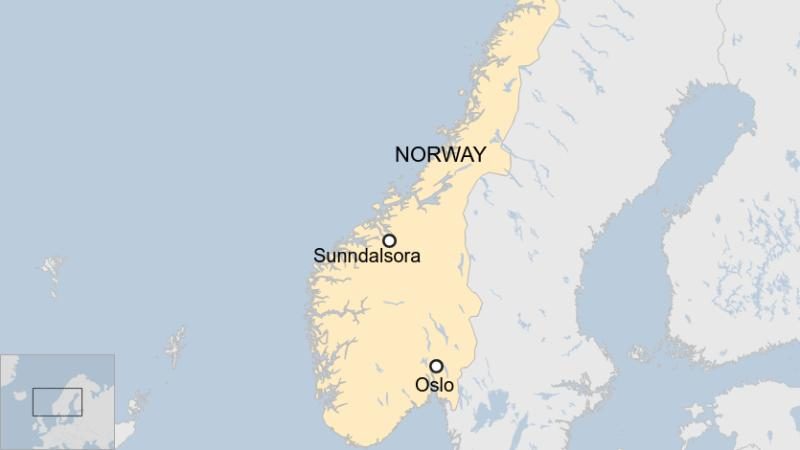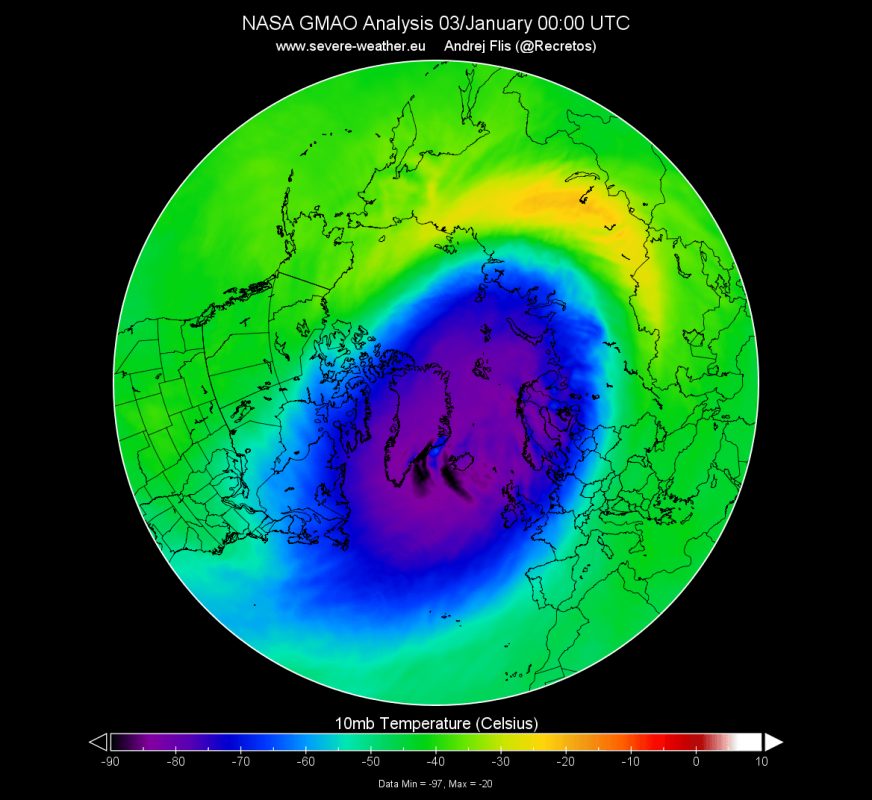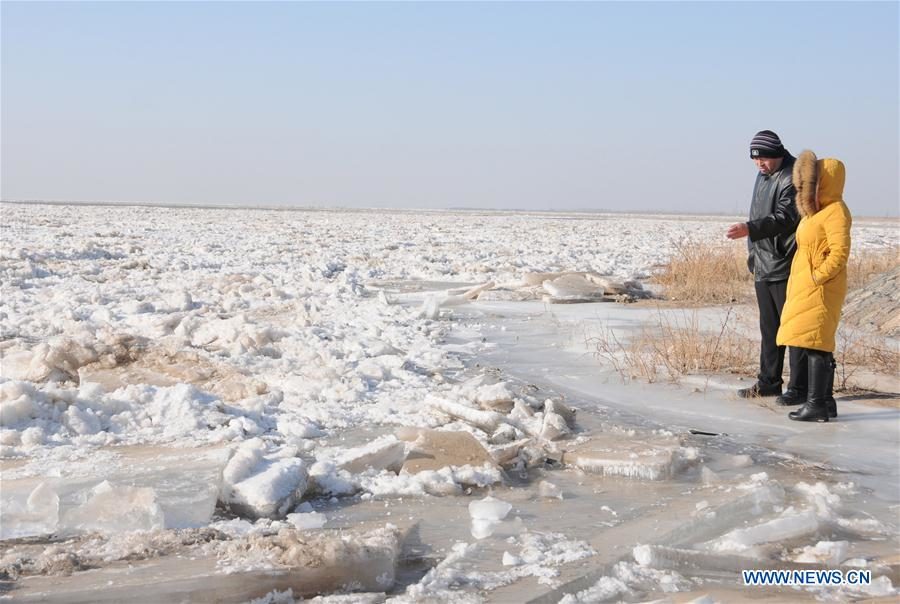
© BBC
Western Norway is experiencing a rare heatwave for early January, at a time when temperatures should normally be below freezing.
The highest temperature of 19C (66F) - more than 25C above the monthly average - was measured in the village of Sunndalsora.
This makes it Norway's warmest January day since records began.While many were enjoying the warm weather, there are concerns that it is another example of climate change.
"It's a new record for warm weather here... People [have been] out in the streets in their T-shirts today," Yvonne Wold, mayor of the municipality of Rauma, who had taken a dip in the sea earlier in the day, told the BBC.
"A lot of people are usually skiing at this time. Not exactly much of that today," she added.


Comment: Just under 3 weeks ago: Up to 30 FEET deep snow banks in Iceland - 'We've never before had snow on this scale'